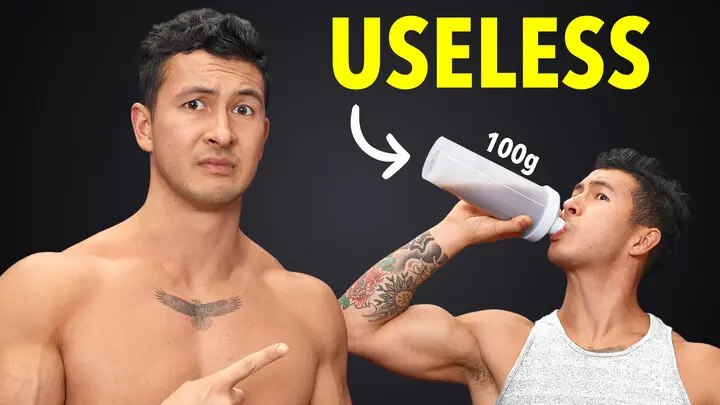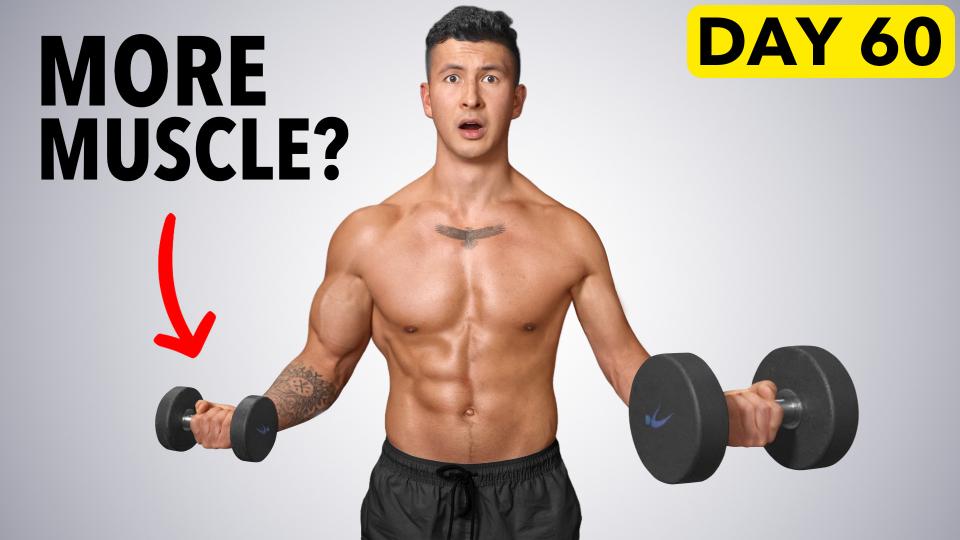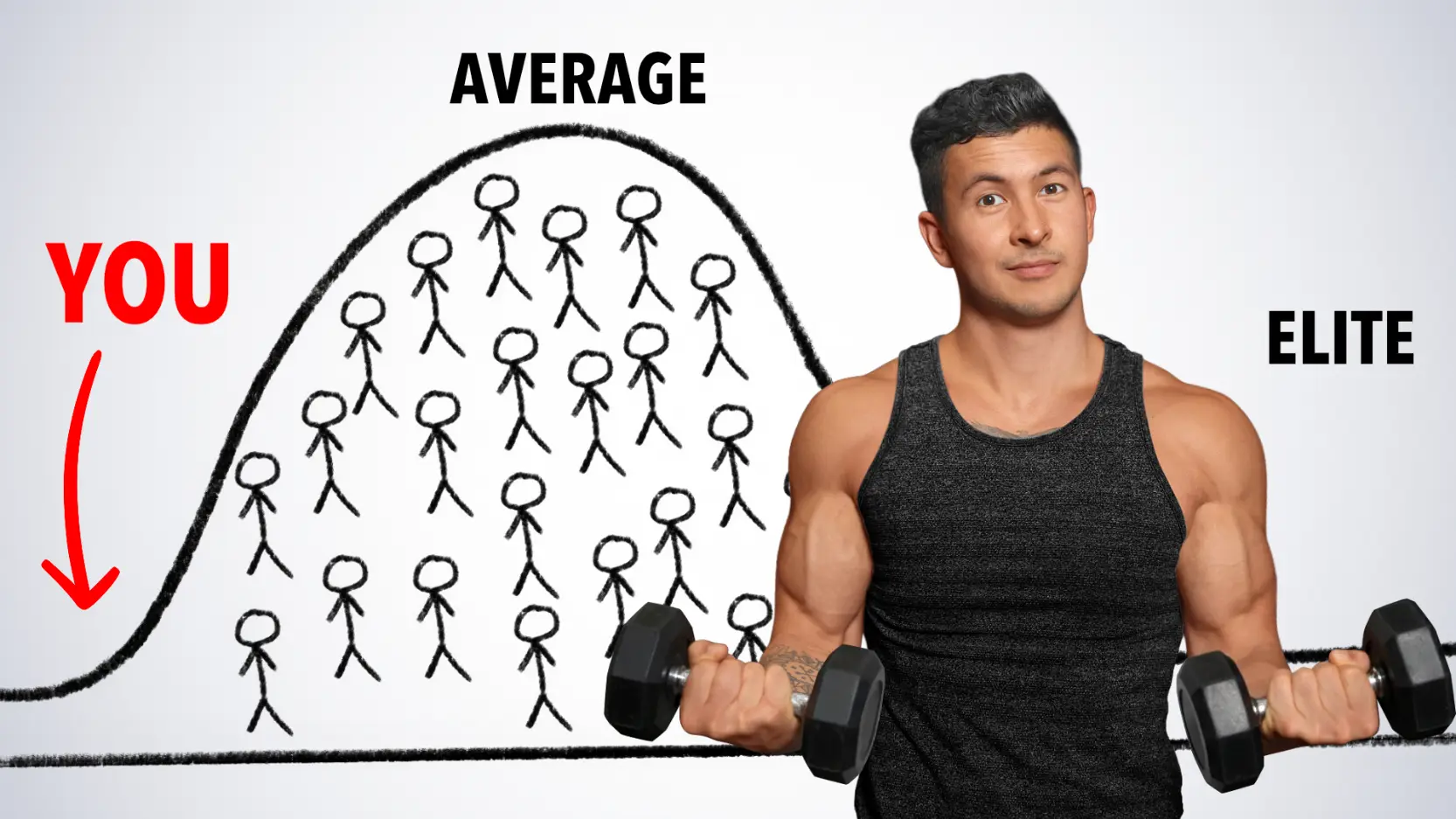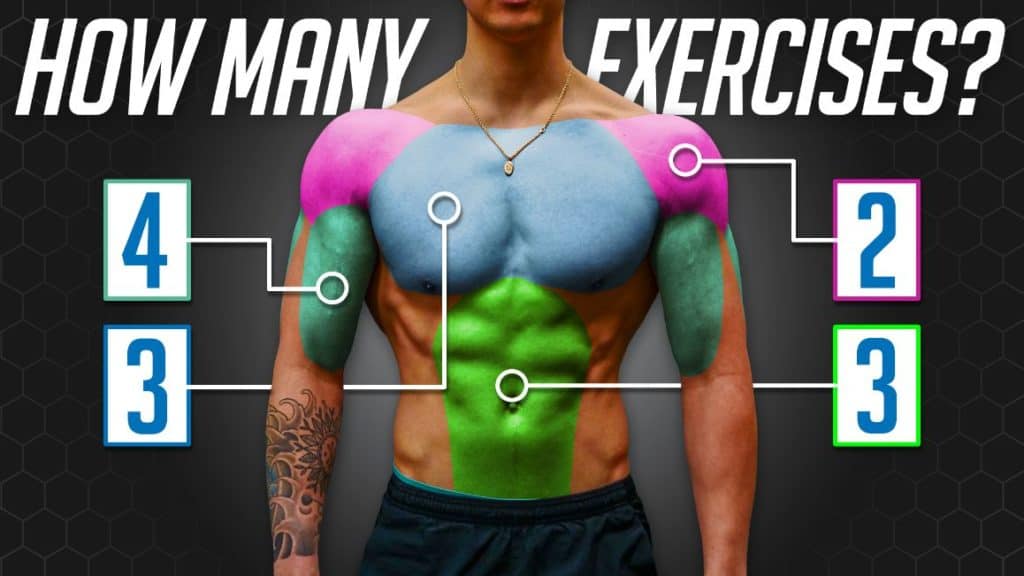
How Many Exercises Per Muscle Group For MAXIMUM Growth?
How many exercises should you do per muscle group for maximum growth? 6 to 7? Or just 1 to 2? I explore the science behind optimal exercise programming in this article - so you experience maximal growth.
"How many exercises should I do per muscle group in a workout?" is one of the most common questions I get asked. Now, when it comes to how many exercises you should do per muscle group in a workout, there are generally 2 (extreme) camps of thoughts in bodybuilding. On the one end, there are those who say all you need are the basics to build an impressive physique. That is squats, bench, and deadlifts. On the other end, are those who hit each muscle with every single exercise in the book. And these individuals are often inspired by their favourite Instagram influencer. Which approach is best to maximize growth?
By the way: if you're looking for a training program that'll always guide you on how to train in the most optimal way for maximum hypertrophy, I've got just the thing for you. Every BWS program to be an all-in-one, science-based program, so you build muscle and lose fat (i.e. TRANSFORM your physique) in the most time-efficient manner. If that sounds good to you:
Click the button below to take my analysis quiz to discover the best program for you:
↓
At First Glance, Both Approaches Seem To Produce The Same Results
Well, here's the truth. Both approaches actually have valid reasoning behind them. For those who take a minimalistic approach, research does actually support this camp. For instance, one recent 2021 paper had one group of subjects perform just one exercise for each muscle group 3 times per week. Whereas the other group worked each muscle group with a different exercise every workout. Total workout volume and intensity were matched in both groups. And muscle growth was assessed at 3 sites each on the front and side of the thigh and the biceps and triceps.
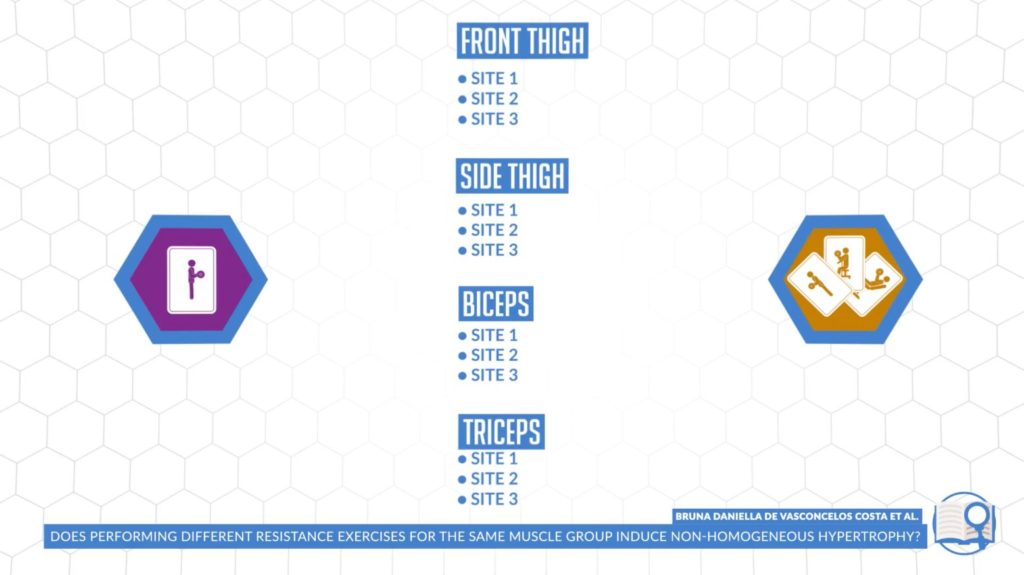
After 9 weeks, both groups experienced a similar amount of overall growth in each of their muscles.
Now taking these results at face value, you’d assume that doing just one exercise per muscle would be sufficient. However, when you dive into the results a little more... Not only was there a slight trend towards better growth in the varied exercise group, but they also experienced growth at all 12 sites that were measured whereas the same exercise group failed to experience significant growth in 2 of the measured sites.
This same effect has been found in past research as well. For instance, this 2014 paper employed a similar study design - but only analyzed the growth of the quads. After 12 weeks, the researchers found similar overall quadriceps growth in both groups. But the subjects varying exercises experienced significant growth in all four heads of the quads, while the same exercise group failed to experience significant growth in two of the four heads (rectus femoris and vastus medialis).
Why Training Each Muscle Group With A Variety Of Exercises Lead To Better Muscle Growth
And there are a couple of reasons why exactly this happens.
Regional Hypertrophy
The first reason is due to what’s known as regional hypertrophy. This is a well-supported phenomenon that different exercises cause growth in different regions of a muscle.
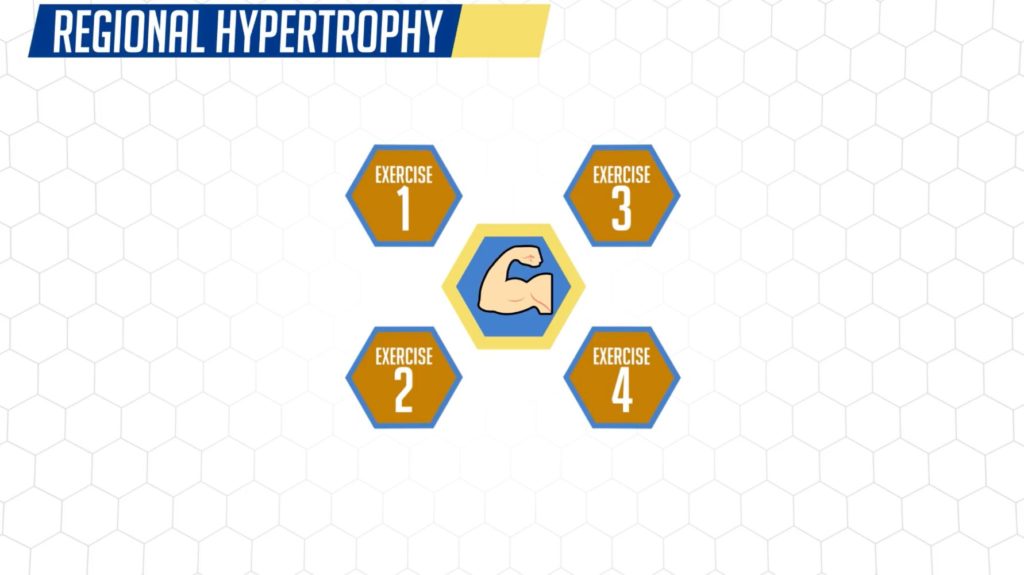
For example, squats will grow parts of your quads well that leg presses just don’t grow as well. And vice versa. We see this effect occur because, for most of our individual muscles, some fibers of that muscle will activate very well in certain exercises and ranges of motion. Yet not as much in other exercises. For example, certain biceps exercises will favour growth in the inner portion or short head of your biceps. Whereas other biceps exercises will favour growth in the outer portion or long head of your biceps.
Admittedly, it’s currently not crystal clear as to what specific exercises will favour specific regions of a muscle. But this phenomenon does exist. And, more importantly, supports the idea of using multiple exercises to maximally stimulate and grow a muscle in a proportionate manner.
Each Muscle Group's Unique Biomechanical Action
The second reason is due to the various biomechanical actions that each of our muscles has. For example, the chest functions to primarily bring our arms together. During a bench press, we do this with heavy weight. But fail to work the chest through its full range of motion. Compare this to a fly. Here, we can bring the arms together and further back. Doing this helps activate specific motor units and parts of the chest that the bench press likely would not. Similarly, again looking at the chest, we can divide the chest into its upper, middle, and lower fibers. These regions can then each be emphasized with different movements.
Each Muscle Group's Regions Can Be Selectively Emphasized With Different Exercises
So, imagine if we were only to train the chest with something like the bench press, which tends to favour the growth of the mid and lower regions of the chest. A 2020 paper suggests that your upper chest would likely end up lagging behind.
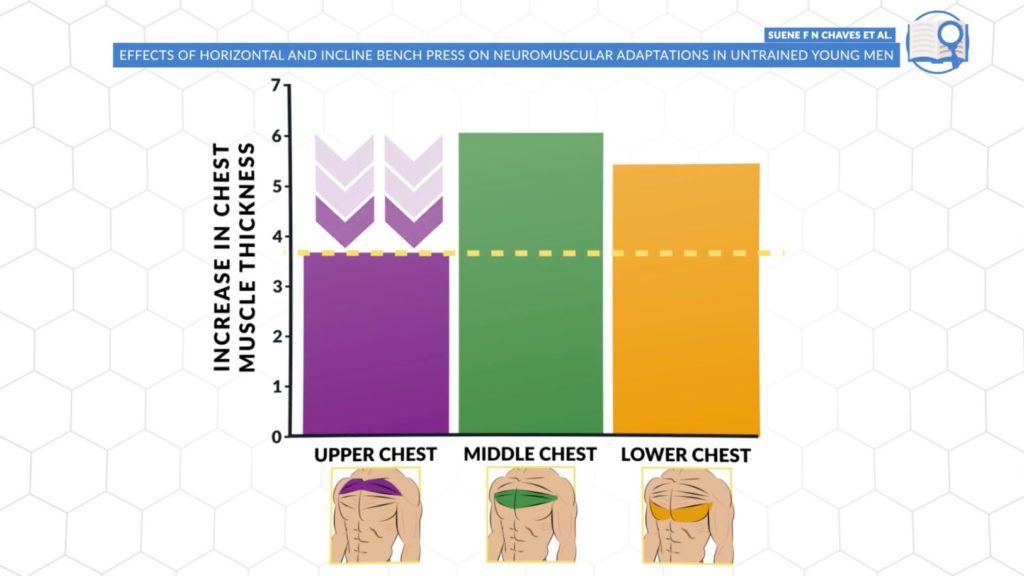
Another good example is the hamstrings. Just so you know: this muscle group has two main functions:
- Knee flexion
- Hip extension
Only working your hamstrings with deadlifts during your workout sessions would mean that you're primarily working the hamstrings by extending the hips. Meaning? You’d be missing out on one of the major functions of that muscle. How can you fix this? Easy. Add in a knee flexion movement, like leg curls or a glute-ham raise. Doing so ensures that the main functions of the hamstrings are utilized. And that all parts of the muscle can be stimulated and grown to the greatest extent.
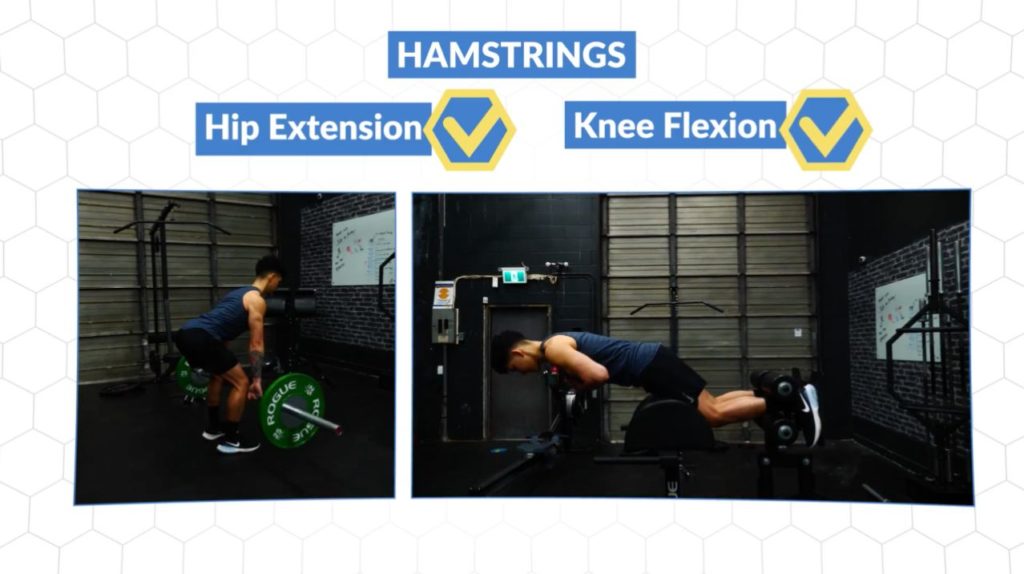
Note: this applies to ALL other muscle groups. You will, therefore, need an in-depth knowledge of optimal exercise selection if you wish to transform your physique FAST. Don't have a degree in sports science? Don't worry. This is where our 3-on-1 coaching program comes in. You'll have access to a personal coach, who'll optimize every single one of your workouts for maximal gains. Bonus: you'll also have access to a dietitian (who'll customize your nutrition) and me (I'll answer your questions!) Interested?
Click the button below to find out more about the 3-on-1 coaching program:
↓
Minimizes Wear And Tear
Aside from just overall growth though... Another benefit of varying your exercises is that it helps minimize wear and tear and your risk of overuse injuries. Imagine what happens when you do all your volume for a muscle group with just one or two exercises without ever rotating them. You’re essentially stressing the same joints and same stabilizer muscles to the same stress all the time!
This, over the long term, can eventually cause irritation and overuse injuries. For example, if you did bench press 3 times a week indefinitely, then for many people their elbows or shoulders will eventually start experiencing some discomfort. A simple way to prevent this would be to add in a more elbow and shoulder-friendly dumbbell press to one of the days in between. You’d still be able to provide growth to your chest - but with less risk of overuse injuries and discomfort in your joints.
So, How Many Exercises Per Muscle Group Do You Need?
All that said, some people will take what I’ve mentioned and over-apply it into their training routines. What do I mean by that? Well, I mean these people will hammer each muscle group with 6 or 7 exercises every workout. I'll admit. This can indeed be satisfying to do. But it often does more harm than good.
When it comes to how many exercises per muscle group you need... Yes, our muscles need some variety and novel stimulus overtime to keep our muscles growing. But if you’re using every exercise in the book for a specific muscle group right from the start? Then you’re already exposing that muscle to all of the “best tricks up your sleeve” for when growth plateaus. Meaning that once your muscles get used to what you’re currently doing, you’ll have no 'leftover exercises' to introduce it to in order to potentially stimulate more growth.
So instead, a much more effective option is to pick about 2-4 exercises for each of the muscle groups that work very well for you. And cover a good variety of movement patterns. Then, simply distribute these throughout the week as needed. Feel free to also repeat some of those exercises on multiple days if needed. But limit the number of exercises you use per muscle in each workout to 3 or 4 at most. Otherwise, the additional exercises and work you do for that muscle in that workout will go towards “junk volume” rather than provide an effective stimulus for growth.
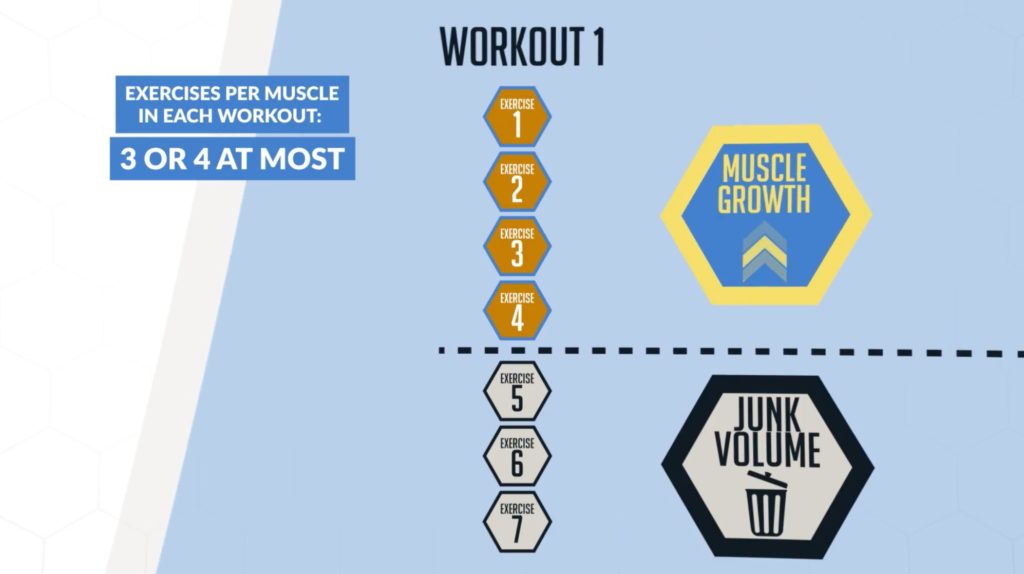
An Example Of How To Distribute Your Chest Exercises
So, let's say you start with 4 exercises per week for the chest. Here’s how you could intelligently distribute them into 2 workouts per week with something like a push-pull legs split.
4 Exercises:
- Flat bench press
- Cable flyes
- Incline dumbbell press
- Banded push-ups
Push Day 1:
- Flat bench press
- Cable flyes
Push Day 2:
- Incline dumbbell press
- Banded push-ups
Then, simply throw in however many sets you need for each exercise in order to meet your weekly volume targets. For most people, this would be somewhere between 10-20 sets per muscle per week.
Push Day 1:
- Flat bench press: 3 sets
- Cable flyes: 3 sets
Push Day 2:
- Incline dumbbell press: 3 sets
- Banded push-ups: 3 sets
Total Weekly Chest Sets: 12 Sets
And even if you’re not hitting every angle, head or movement pattern for a given muscle in your weekly routine, don’t worry about it too much. Because once that initial routine you’re using becomes stale and you need some variety is when you can swap in certain exercises and accommodate for whatever movement patterns you might’ve been missing out on in your previous routine.
How To Apply This Knowledge To Your Personal Exercise Programming
So, as a summary, here’s a step-by-step plan for how you could apply everything we covered about how many exercises you need per muscle group in your training plan:
Step 1: For each muscle group, pick about 2-4 exercises to perform per week. Use a good variety of exercises that work very well for you. AND cover different angles and muscle functions.
Step 2: After you pick your exercises, distribute them throughout the week. Avoid performing more than 3-4 exercises per muscle in one workout. Instead, split them up into multiple workouts.
Step 3: Allocate a number of sets for each exercise in order to hit your weekly volume targets for that muscle.
If you’re serious about designing your own program, then I’d highly suggest that you take the time to go through this step by step process. That's because it’s the little details like this that make all the difference if you want to maximize your efforts and results.
And for those who are looking for a step-by-step program that takes care of all the guesswork for you and optimizes your weekly training and nutrition program based on science, so that you can truly transform your body as efficiently as possible, then:
Click the button below to take my analysis quiz to discover the best program for you:
↓


